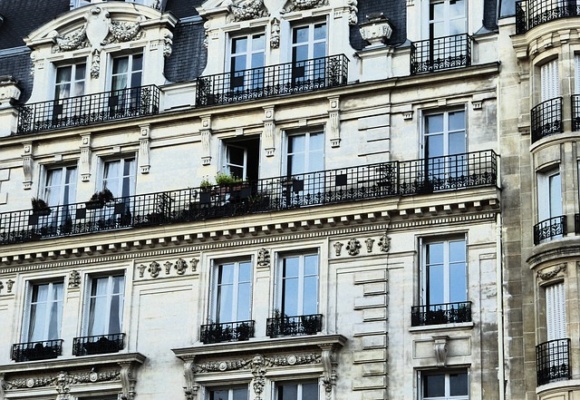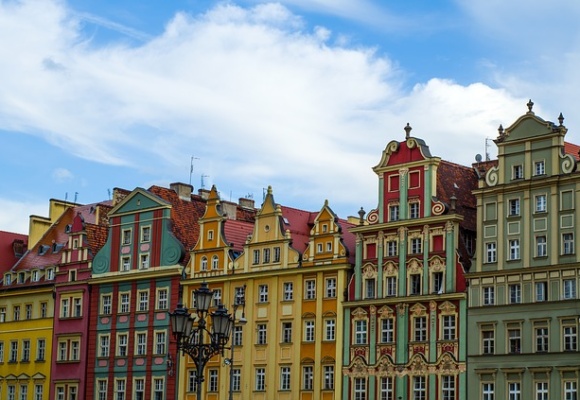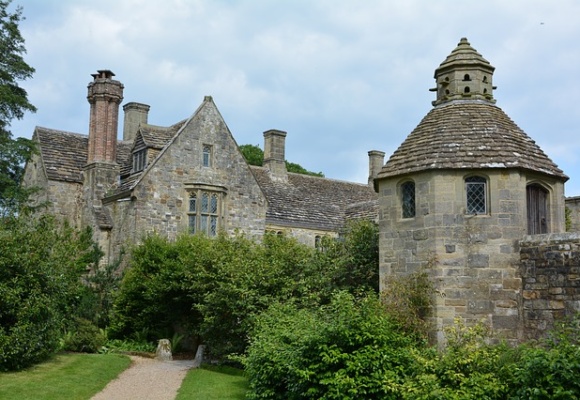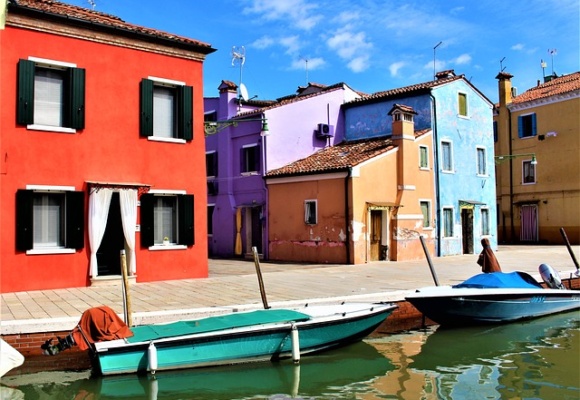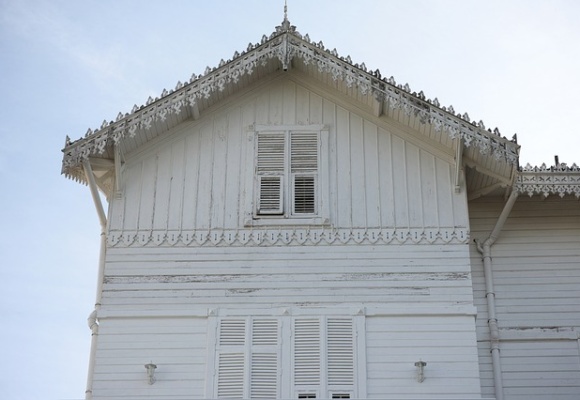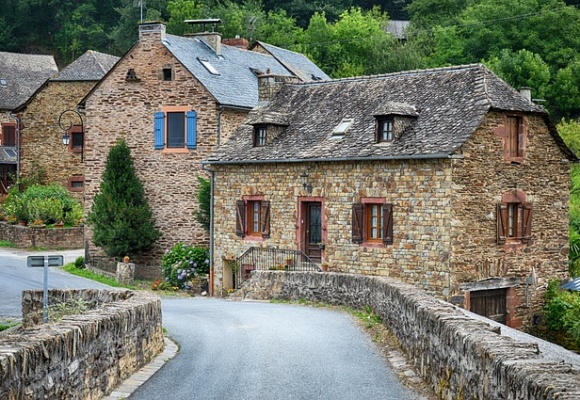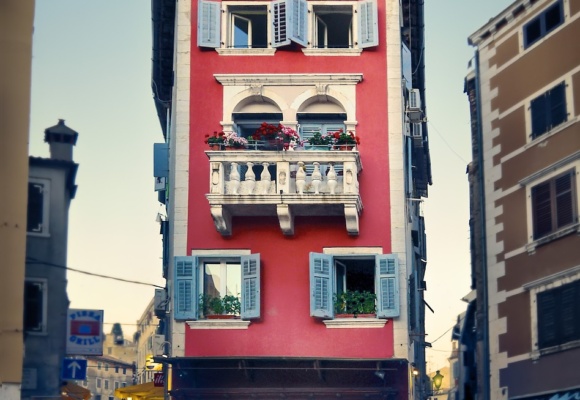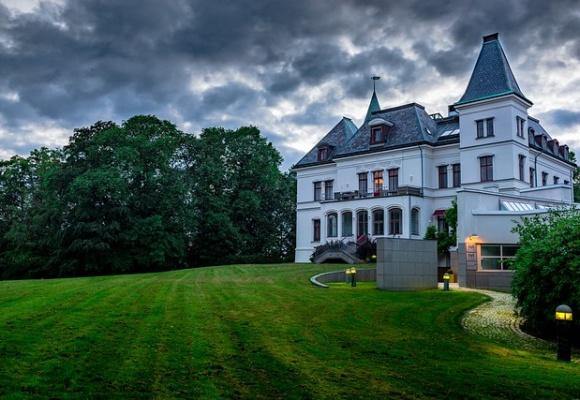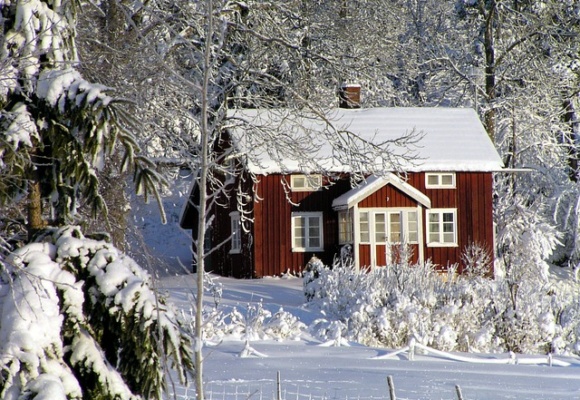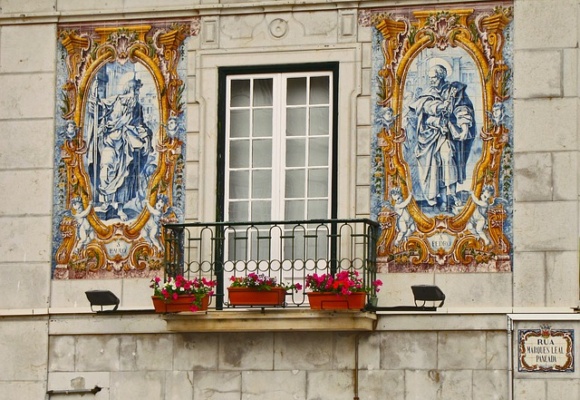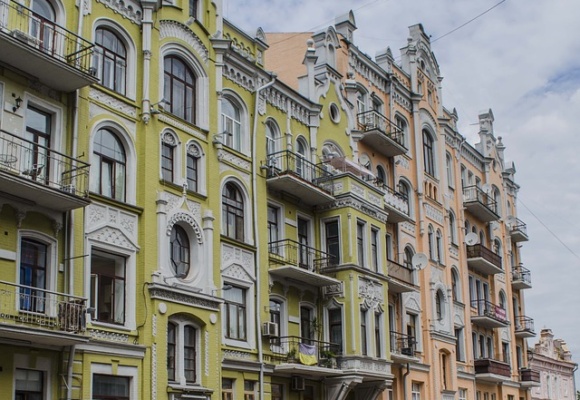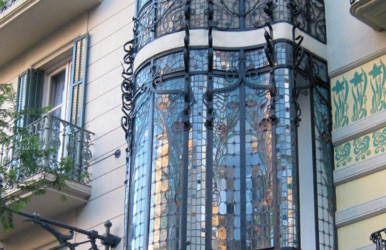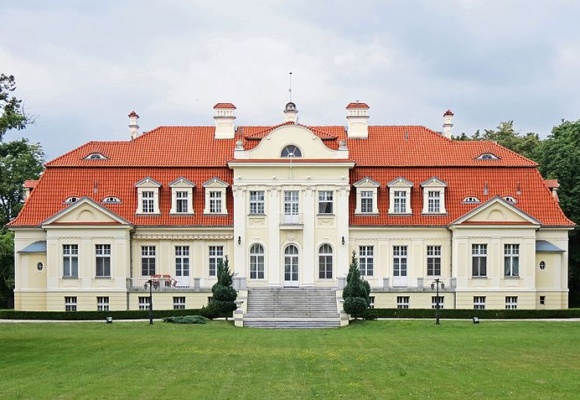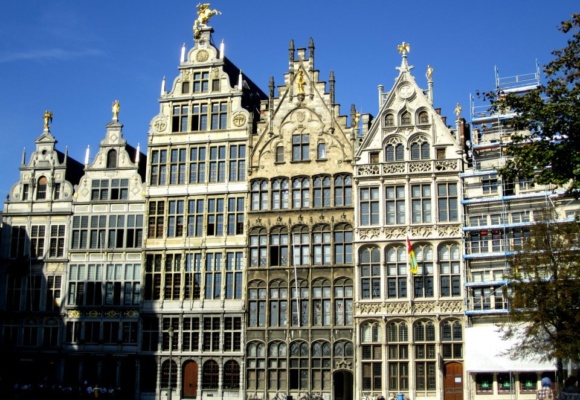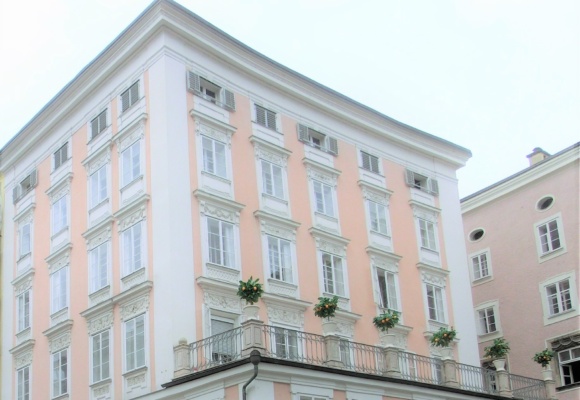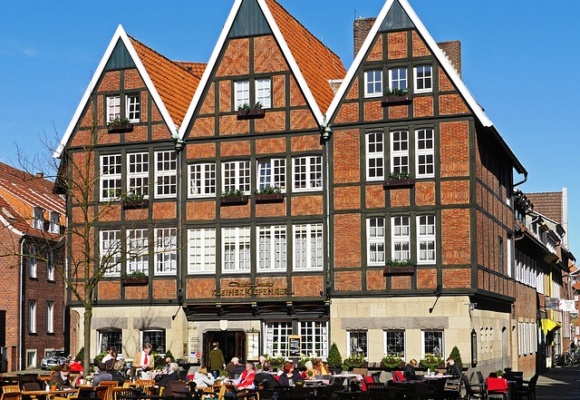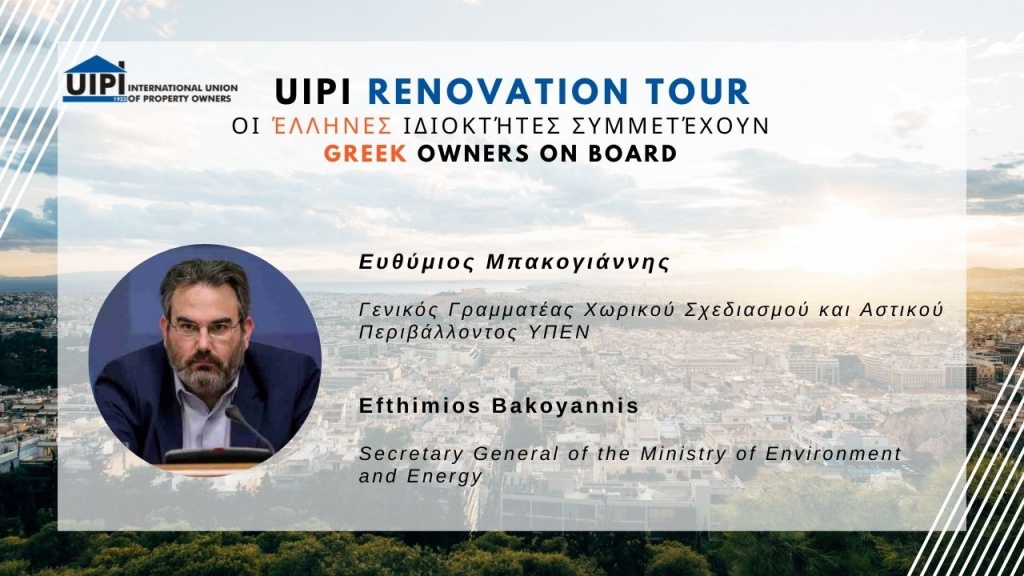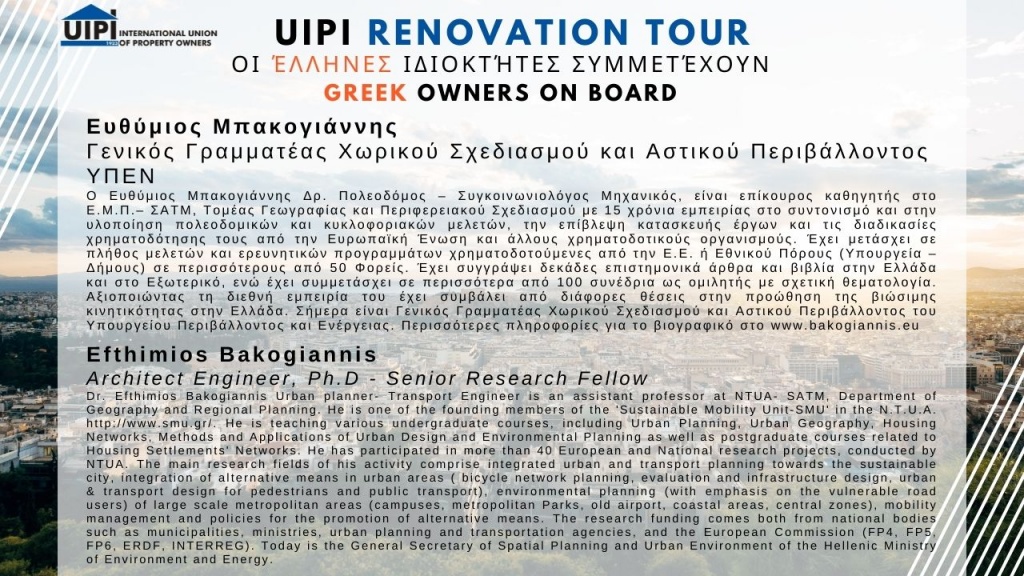“Their home, our heritage!”
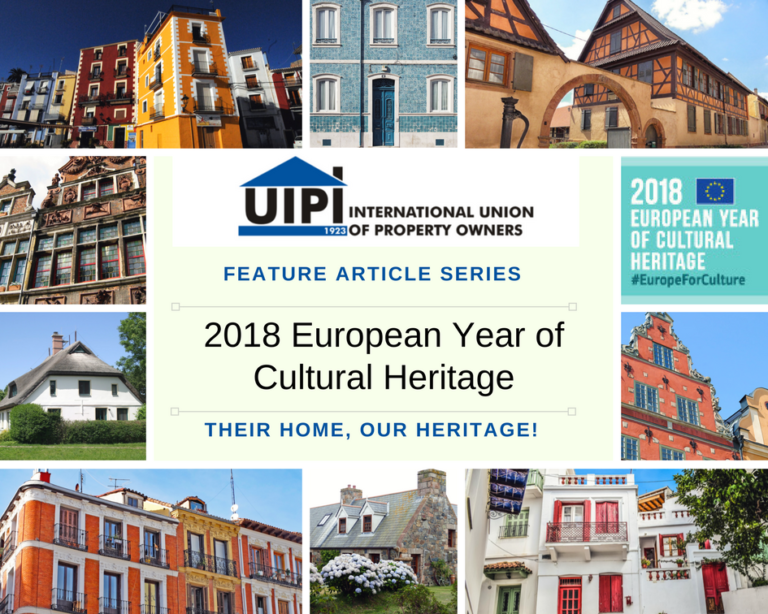
In 2018, the EU is celebrating the European Year of Cultural Heritage, an initiative designed to encourage more people to discover our heritage and to reinforce our sense of belonging.
Cultural heritage is a broad term, yet the perception of what constitutes it is sometimes restrictive. Our built common heritage, in particular, is not limited to large monuments, palaces or archaeological sites, as some might think. It also includes thousands of privately owned cultural buildings, which showcase our way of living, our values, our traditions and history. That is why the International Union of Property Owners has decided to make this year about those who invest in our heritage by preserving their property.
Protecting our common history
Safeguarding our culture is important. While the conservation of our public monuments is most of the time ensured, the privately-owned heritage buildings are too often neglected as important sources of our collective memory. Their conservation represents the revitalisation of our cities and countryside while their disappearance marks the disappearance of testimonies of our local, regional, national and European history – and with them a piece of ourselves.
Our build environment is surrounded by privately owned buildings, some are listed others are not, yet all of them award us a sense of orientation and perspective. They might be someone else´s home, but they are our heritage. They often fail to make the headlines, that is why raising awareness about them, and the challenges their owners face to preserve them, is essential.
Built Heritage – An uncertain future
Restoring a private property with traditional materials and techniques or investing in prevention work, rather than settling for small repairs here and there, requires a considerable individual effort from owners or co-owners. In addition, finding the right balance between modernity and heritage is a challenging exercise. Facilitating urban mobility and accessibility for our fellow citizens, contributing to the fight against climate change, dealing with the urban sprawl of major cities or simply ensuring the adaptation of our buildings to the requirements of our modern societies has obvious implications for our heritage. While listed buildings are relatively well protected from the risk of historically inaccurate modifications, this is not necessarily the case for the vast majority of our real estate heritage, which must comply with an ever-increasing body of standards and technical requirements. In such a context, it becomes difficult to preserve its essence and aesthetic value at a reasonable cost. For example, insulating a building whose facade, and sometimes the interior, is protected requires specific know-how and delicate interventions. Bringing a hundred-year-old elevator up to standard without losing its historical value is the business of a limited number of experts and implies expenses that weigh heavily on the budget of small condominiums.
An underestimated contribution to local sustainable development
Finding adequate and sustainable solutions for the private built cultural heritage should not only be a national but also a European priority. If we want to maintain our place as the first tourist continent, we should keep in mind that almost 50% of listed buildings are in private hands and that cultural heritage generated 335 billion Euros in 2010 for the European tourism sector, of which 35% derived from private historic houses. Therefore, attractive tax policies that encourage homeowners to restore their buildings, establishing or simply maintaining subsidies for the renovation and upgrading of these buildings should be advocated for. It should not be seen only as a cost for the society. It is also an investment that creates new jobs with specific skills or that perpetuates others with ancestral know-how and generates direct or indirect economic incomes by contributing, in particular, to touristic activities. The same is true for incentives that encourage private owners to open their historic buildings to the public. This has positive effects on the local economy, but also on the social environment and the cultural life of cities and the countryside.

Promote private buildings and their owners
The Year of Cultural Heritage is, therefore, the perfect occasion to put in the spotlight those private owners who, day after day, fight to preserve their property. Property owners are the trustees of our cultural capital, choosing to preserve it for the benefit of the future generation, showcasing the evolution of our identity, our mentality and history. Their buildings tell personal stories and are bridges between our past and future.
That is why UIPI has decided to publish a series of articles throughout 2018 to tell the story of these owners, share their aspirations and thoughts as well as their efforts to protect our common heritage. We also invite our members to embrace the topic and eventually collaborate with the member associations of the European Historical Houses Association to organise events at the local level in order to promote those millions of private real estate properties that constitute our heritage and those who take care of it.

